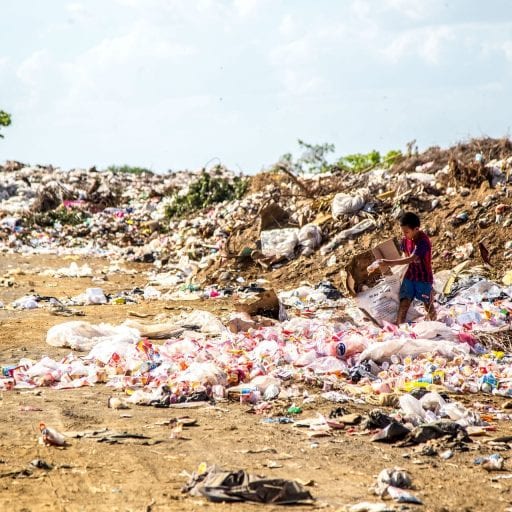Norman, Emma S. “Standing Up for Inherent Rights: The Role of Indigenous-Led Activism in
Protecting Sacred Waters and Ways of Life.” Society & Natural Resources, vol. 30, no. 4, 2017, pp. 537-553, https://doi.org/10.1080/08941920.2016.1274459, doi:10.1080/08941920.2016.1274459.
Emma S. Norman is a department chair and faculty member in the Native Environmental Science Program on the Lummi Nation at Northwest Indian College in Bellingham, Washington. Norman received a Ph.D. in Geography from the University of British Columbia in 2009. Currently, Norman teaches courses in political ecology, environmental governance and environmental policy; while researching transbody water governance, environmental politics, social and environmental justice and Indigenous activism. With this extensive experience and understanding of the various aspects of socio-environmental topics, Norman is a fantastic source for information regarding the role of indigenous groups in the realm of environmental activism. Additionally, Norman is able to observe the implications socio-environmental conflicts have on indigenous groups, specifically the Lummi, as she is consistent communication with indigenous communities in order to conduct research; acting as a bilateral activist.
This document is a journal article published in the journal Society and National Resources An International Journal. Emma S. Norman, the author of the journal article, is a researcher focused on the role of Indigenous activism in various socio-environmental conflicts, particularly water-governance and indigenous ways of life.
4, 5: The main idea of this article is about the role of Indigenous activism to participate in order to stand up for treaty rights and protect their different ways of life, especially the water which is considered as very important. By doing that, the Indigenous Peoples have become leaders in the social and environmental justice movement and have been very aware of the need to act for environment protection. They have shown kind of resistance to change at some point in order to keep their traditions and values. This population has been able to deal with some kind of tricky situations from both political and economic perspectives. The author focuses on certain parts of world, in particular on the geography of the Salish Sea Basin because she is very familiar with this area. Norman does an exemplary job of providing evidence to support how important is the role played by the Indigenous and the audience is provided many details about fishing and efforts have been made to uphold their fishing and hunting rights. There are plenty of figures, specific places and dates throughout this article in order to have a clear and precise idea of what was going on there. That allows readers to understand the evolution of this Indigenous activism over time.
6: This piece can be compared to Toby Jones’ America, Oil, and War in the Middle East. Both works delve into the environmental consequences of foreign and political actions. Jones’ piece looks at the use of oil, and how American intervention in the Middle East impacts those who live there. This is very similar to this piece, as this goes in depth on how the indigenous people were impacted and how their environment changed due to the political presence of other people. Both cover the idea that local people need more say in governance, and problems can arise when foreigners step in and change their way of life. However, these writings are not entirely the same. The piece on which this report is on focuses on a specific group of people, and how they need to stand up and fight back. It also includes information on various cases of environmental issues and how that specific group responded. It is almost as if the indigenous people of the area are being targeted and attacked, with their voices being silenced. Jones’ work focuses more on the politics at play. It looks at the big picture, not specific cases. Despite different focuses, both provide strong examples at how political moves can have major environmental impacts, with some of those impacts being worse for certain groups of people.
7: A topic that is consistently brought up throughout the article is that the indigenous people’s rights, whether inherent in nature or bestowed by a treaty, are disregarded by the larger government. An example brought up in the article is that the fishing rights were disregarded and the fisherman was told to leave the area for the rights of “National Security.” Homeland security did not care that he was part of an indigenous group of people or that he had rights stated in a treaty given by the United States Government. After 9/11 the United States was extremely cautious and paranoid about outside threats and possible terrorist attack. This brings up the question of security vs. Indigenous rights. Homeland security in the example saw the boat as a unidentified object and a possible threat. We know that he was a humble fisherman, but to Homeland Security’s defense they have to stick to their protocols, and protocols and procedures are written for a reason. But the other side of the conversation, that fisherman had rights to that area and the fish within it. This is a hard question to answer because while the indigenous people have rights to that area, Homeland Security has a job to do.
